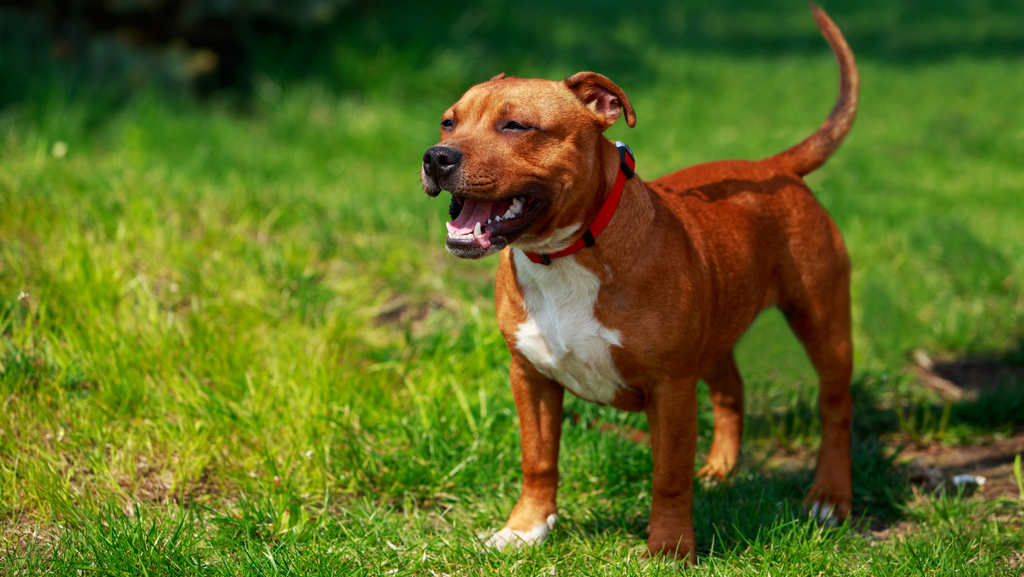Wet Dog Food for Puppies: Getting Started on the Right Paw

One thing is certain: you want to feed your puppy the right food to ensure they’re healthy, happy, and ready to take on the world! However, choosing the best wet puppy food for your new bundle of love can be a bit tricky. However, understanding what your puppy needs to get the most out of their puppyhood diet can simplify the process and give you peace of mind that you’re providing your pup with a leg up on life. So, follow these wet dog food for puppies tips and watch your bright-eyed bundle of fur leap through life with energy excitement, and healthy growth.
Is Wet Dog Food Good for Puppies?
Absolutely! Wet dog food can be a great way to transition puppies from nursing to eating ‘real food.’ Wet dog food or “canned dog food,” is softer on your puppy’s milk teeth, making it easier for them to eat with those adorable milk teeth. Additionally, wet food is more aromatic which makes it irresistible to a hungry puppy.
Finally, wet food, as its name implies, has a higher water content to help ensure your new furry friend is better hydrated. Thai higher water content also helps your puppy feel fuller and more satisfied.
When Can a Puppy Start Eating Wet Food?
A question that often pops up is: Can puppies eat wet food at 4 weeks? And the answer is yes for most puppies. Week 4 marks when most puppies can be safely weaned from their momma’s milk. However, most puppies need about two weeks to transition from a diet of just their mom’s milk to a full diet of solid food.
How Much Wet Food Do I Feed My Puppy?
Just like baby humans, puppies’ nutritional needs grow along with them! Unlike us, different breeders require differing amounts of calories based on their size and activity level. Furthermore, not all wet dog food has the same calorie density from brand to brand or even recipe to recipe, so always follow the directions on the packaging.
Can I Feed My Puppy the Same Food as My Adult Dog?
Nope. While it would be extremely convenient for multi-dog households to feed a new puppy the same food as their adult peers, adult dog food does not have the correct balance of nutrition for a puppy. Here’s how puppy food differs from adult dog food:
- Puppy food is more calorie and fat-dense for the energy needed to learn and explore the world
- A puppy-formulated food has more protein for muscle growth
- It also has the right balance of calcium and phosphorus for bone development
Choosing the Right Wet Puppy Food in Australia

Just as adult dog foods don’t all provide the same nutrition, wet puppy foods can vary drastically in their quality and the nutrition their provide. To ensure your puppy receives the best diet to grow up strong, curious, and healthy, use these guidelines to compare puppy foods.
#1 Aim for Omegas
Supporting your dog’s body for growth is important. However, you don’t want to ignore what they need for brain development. So, select a wet puppy food with Omega-3 and Omega-6 fatty acids for a healthy mind. Omegas are also vital to your puppy’s eye development.
#2 Choose Chelated Minerals
Chelated minerals, such as chelated calcium, are combined with amino acids, so the body can more easily use them for growth [1]. Chelated minerals may better support the immune system, muscular and skeletal development, and more by having a higher resistance to acids in the upper digestive system.
#3 Count Those Carbs
While puppies do need carbs, protein and fats are of more importance. So, aim for higher levels of protein and lower carbs.
#4 Whole Food Ingredients Provide Whole Benefits
The more processes the ingredients are, the more the vitamins and minerals from those ingredients get broken down. Whole grains and minimally processed fruits, veggies, and other elements maintain more of their nutritional integrity.
Furthermore, you will want to avoid artificial ingredients, preservatives, and colourings. These ingredients are questionable at best when it comes to the long-term health of your best friend.
#5 Always Check for AAFCO & PFIAA Standards
The Association of American Feed Control Officials (AAFCO) and the Pet Food Industry Association of Australia (PFIAA) have set guidelines for what a balanced and adequate diet should include for puppies [2] [3]. Additionally, these organisations have established safety standards for the ingredients and manufacturing of pet foods. So, no matter what puppy food you choose, always verify that it meets these standards.
How to Tell If Your Puppy’s Food is Providing What They Need
While your puppy transitions to a new food, they may have some minor digestive issues. This is normal. However, after two to four weeks on their new diet, you should be able to see signs that your puppy is thriving.
Your puppy will have
- Bright eyes
- Correct weight
- Oodles of energy
- Shiny coat
- Soft, moist skin
- Stools that aren’t too wet or too dry
Feed Your Puppy for the Best Healthy Now and into the Future

Whatever food you end up feeding to your dog, make sure that it is balanced for a growing puppy. Take a moment to also verify that it’s made with healthy ingredients, does not contain artificial flavours, colours or additives. Finally, choose a reputable premium Australian dog food company to ensure the quality, safety, and source of all the goodness that goes into their recipes.
Resources:
[1] https://www.rxlist.com/chelated_minerals/supplements.htm




